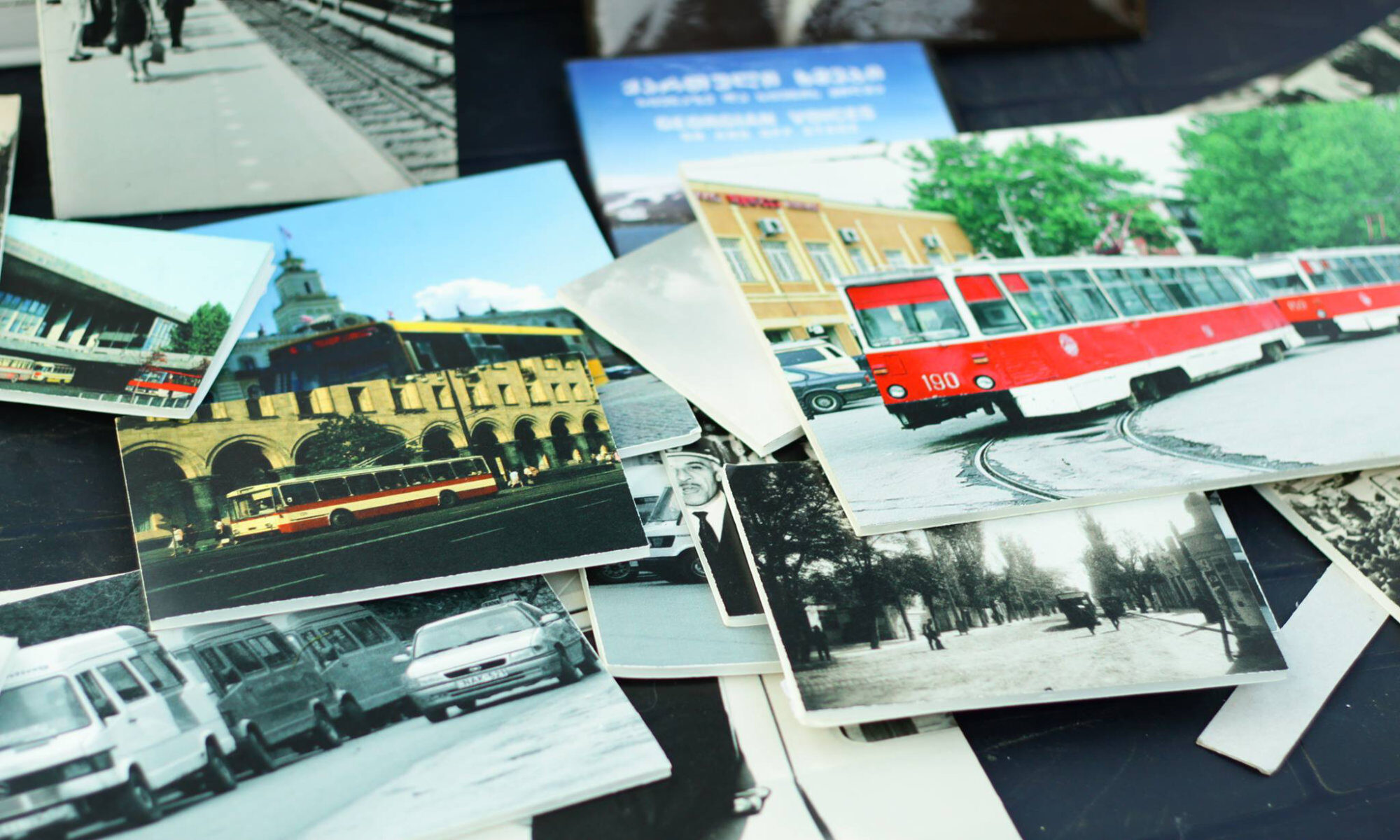
Egor Muleev and Jonathan Wich discuss the historical as well as contemporary underpinnings in the city of Leipzig for favoring battery electric buses over trolleybuses. The authors initiate a debate about the possible trolleybus network, which could have been introduced to the city. It is a public matter, which never attracted significant attention in the past, and a trolleybus network which never came into being. Yet, the decisions taken by the administration and the multiple players involved, favoring one technology, namely the E-buses, instead of another – the Trolleybuses, have already their impact in the city of Wagner and Bach.
More details and the whole article can be found here in the newest entry on the IfL-Blog.
The study was made during the internship of BA student Jonathan Wich within the CoMoDe project that is part of the Mobilities and Migration Research Group at the IfL.


